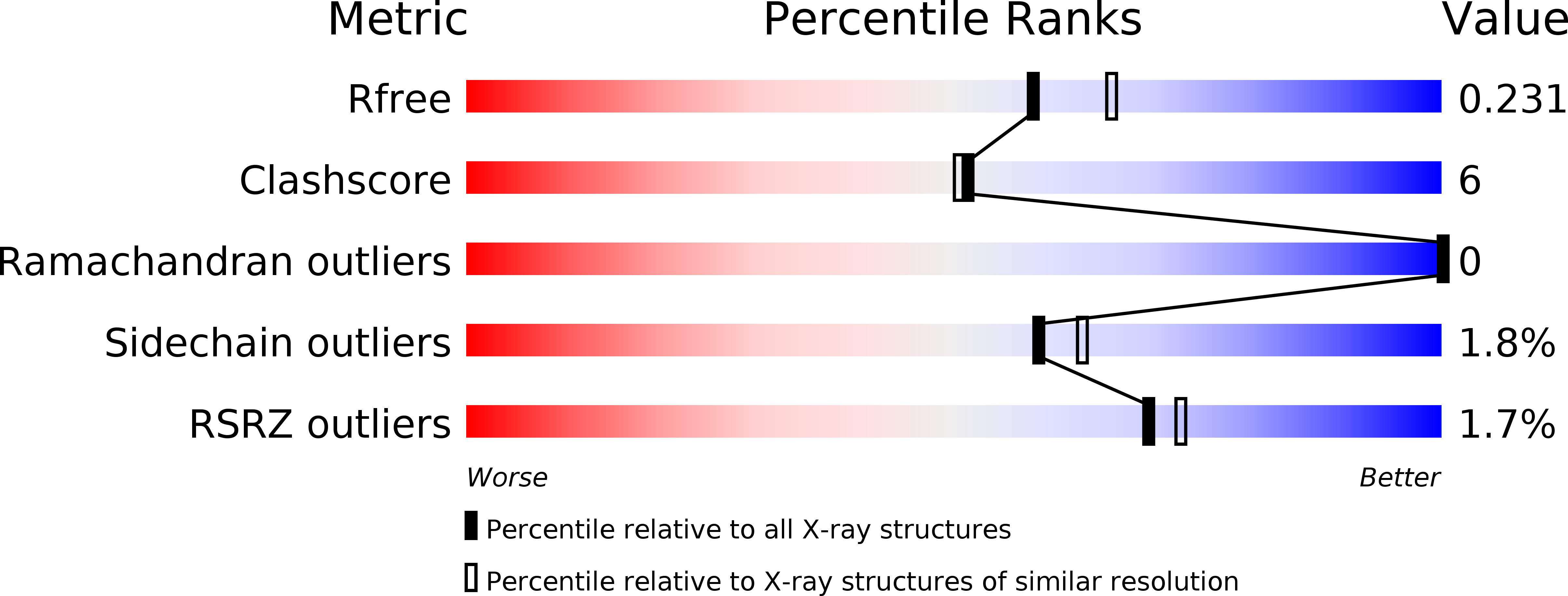
Deposition Date
2012-06-19
Release Date
2012-12-19
Last Version Date
2024-11-06
Method Details:
Experimental Method:
Resolution:
2.09 Å
R-Value Free:
0.26
R-Value Work:
0.23
R-Value Observed:
0.23
Space Group:
P 63 2 2


